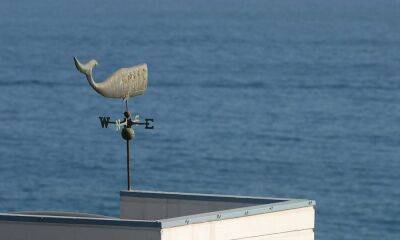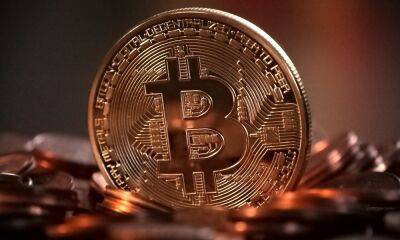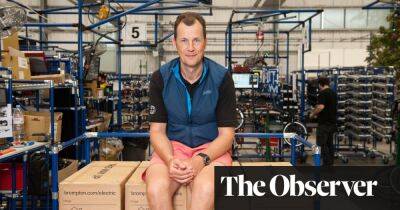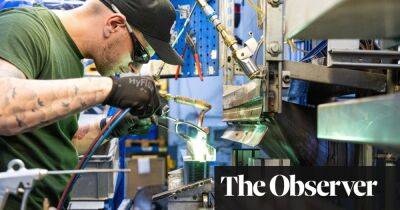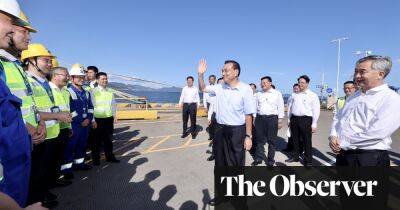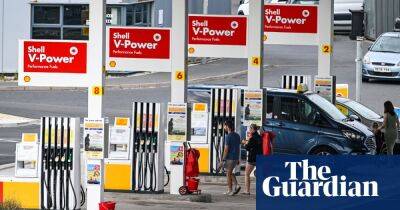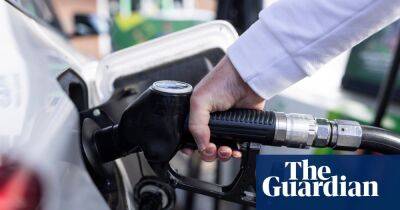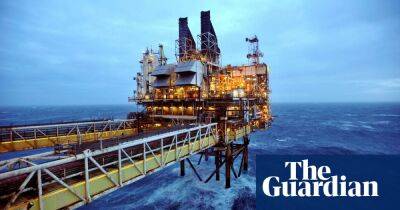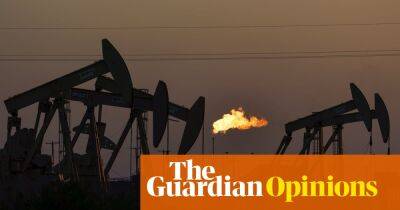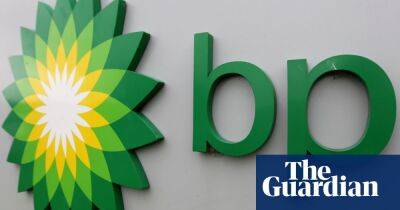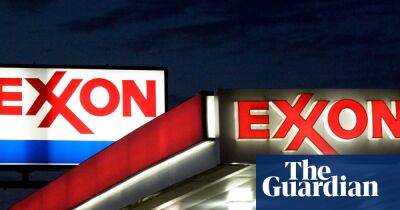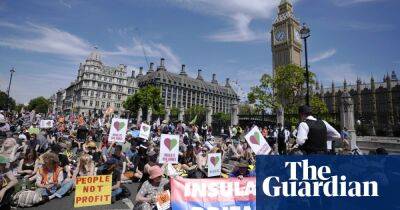With such eye-watering profits, Shell should invest more in low-carbon transition
BP’s Bernard Looney put it more succinctly last year when he described the company as “a cash machine at these types of prices”, but Shell’s chief executive, Ben van Beurden, was coming from the same place as he reflected on almost £10bn of profits in a single quarter. “Of course these are very significant [profit] margins, but these margins are not our doing. They are the doing of how global markets play out,” he said.
He’s right about market conditions obviously. A barrel of Brent fetched well over $100 during the quarter, gas prices have gone to the moon; refining capacity is severely tight; and the entire industry underinvested during the first year of the pandemic, creating near-perfect conditions for a spike in prices when Russia invaded Ukraine.
But the maddening bit of Van Beurden’s breezy account is what he says in the next breath – the claim to be “working very hard to bring on new supplies” and to be investing furiously in “the energy system of the future”, meaning a lower carbon one. Shell, it is obvious, could afford to allocate far greater sums to investment, including renewables, but is choosing not to do so.
Current plans involve numbers that look large at first sight: $23bn to $27bn of capital expenditure this year, with a one-third skew towards renewables; and, for a UK audience, an average of £3bn-a-year to be invested here until the end of the decade. The point, though, is that those spending plans flow from a model that was drawn up 18 months ago before a windfall fell into Shell’s lap.
The “financial framework” imagines that every last dollar, beyond what’s ear-marked for investment, debt-servicing and regular dividends, goes to shareholders via share buy-backs. The size of these buy-backs is now
Read more on theguardian.com




